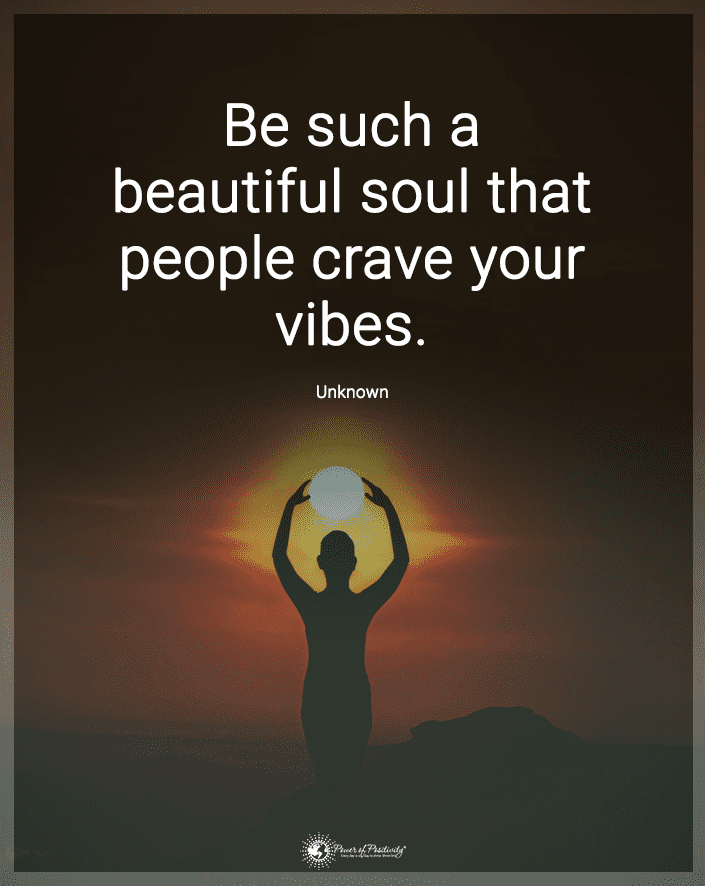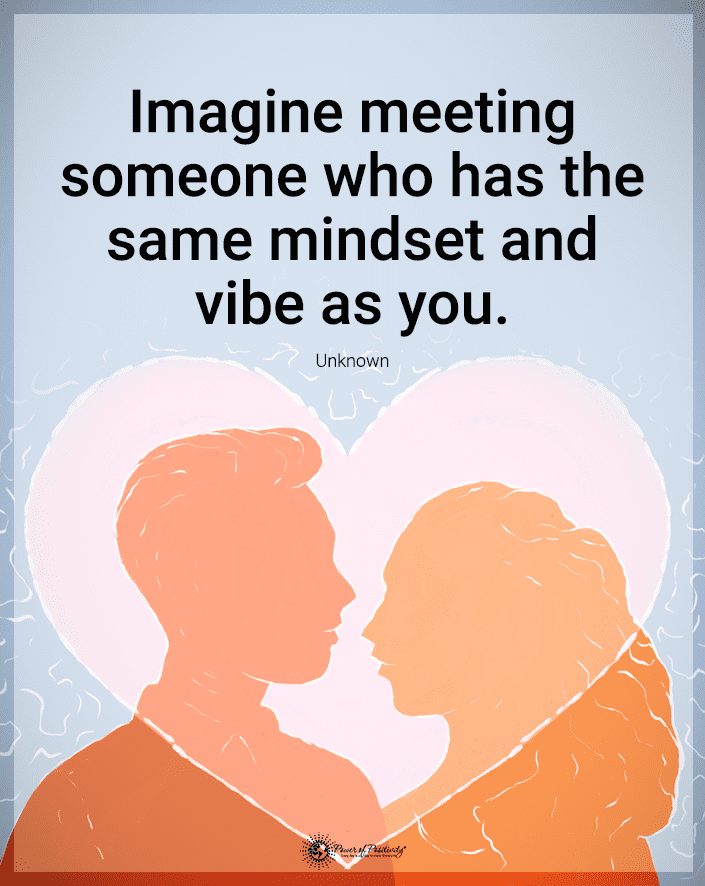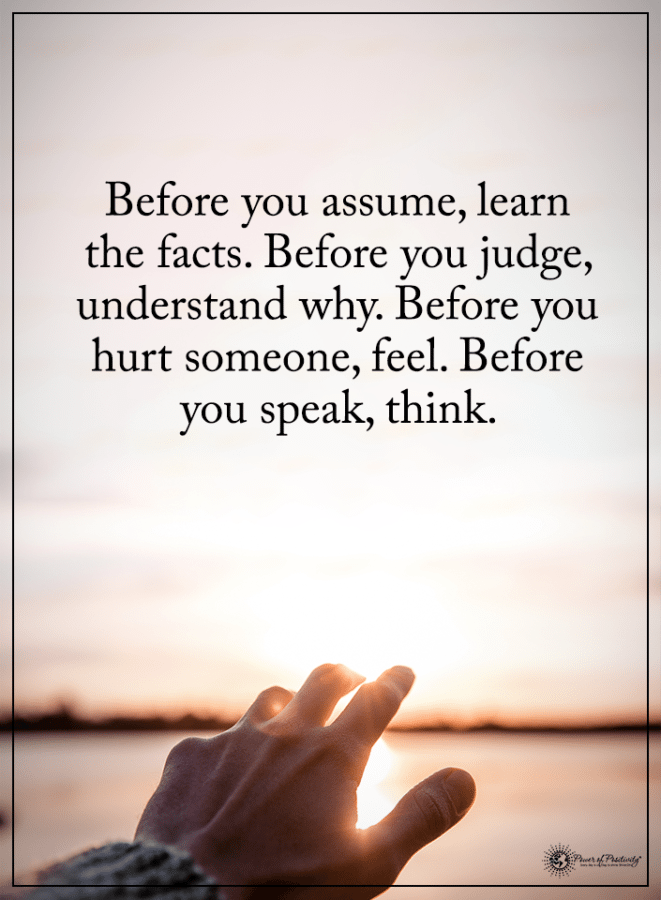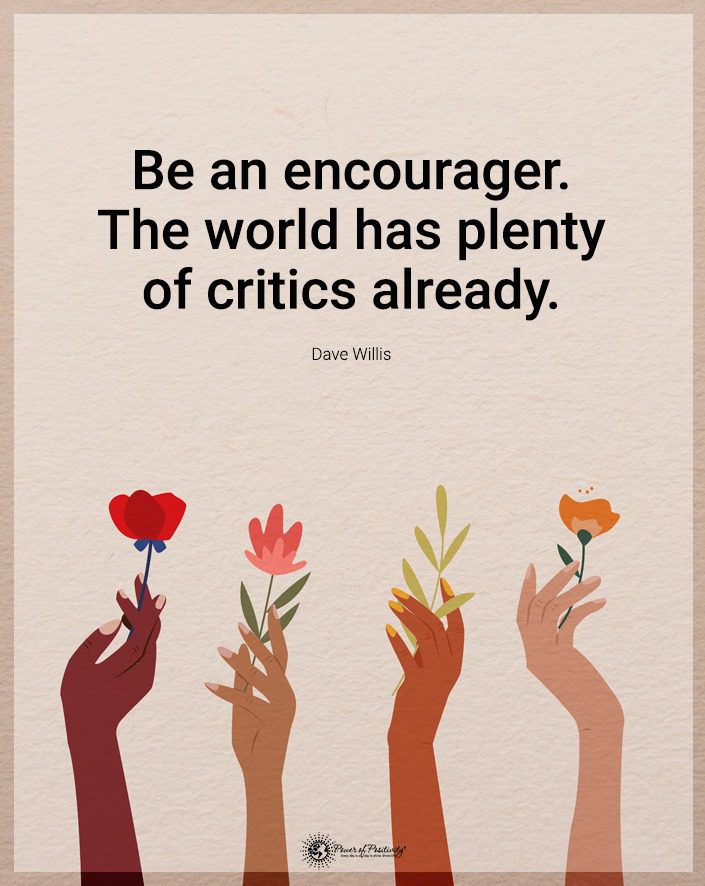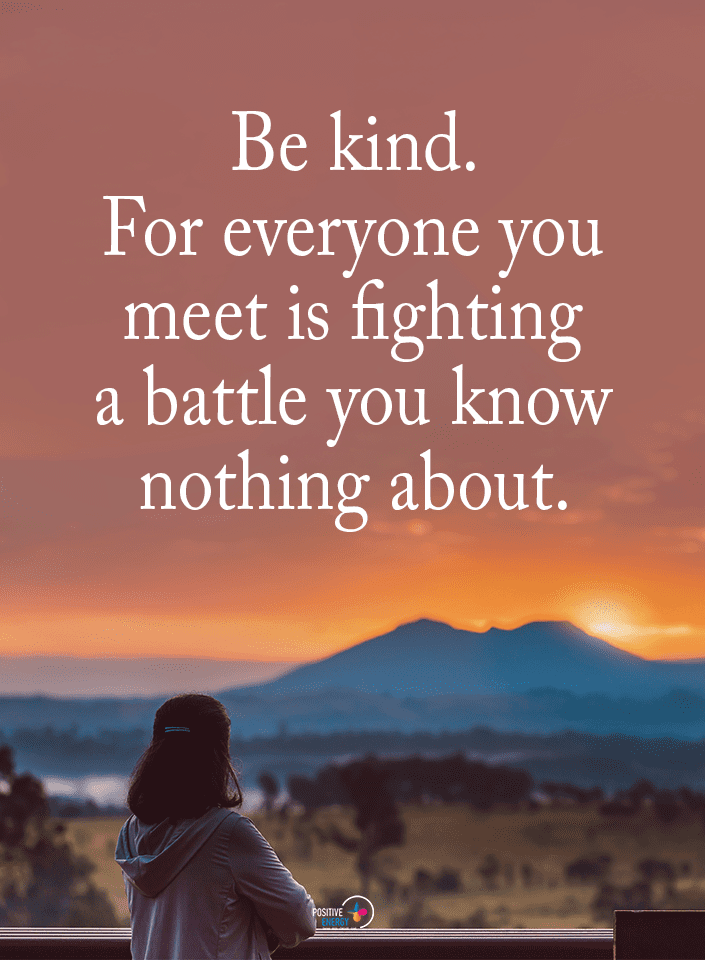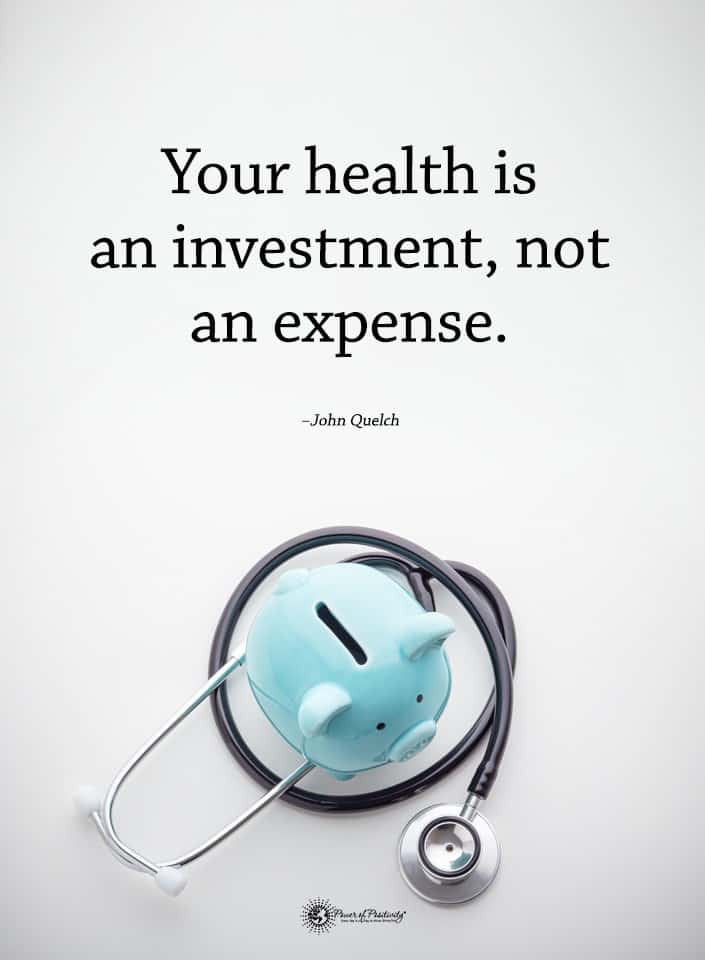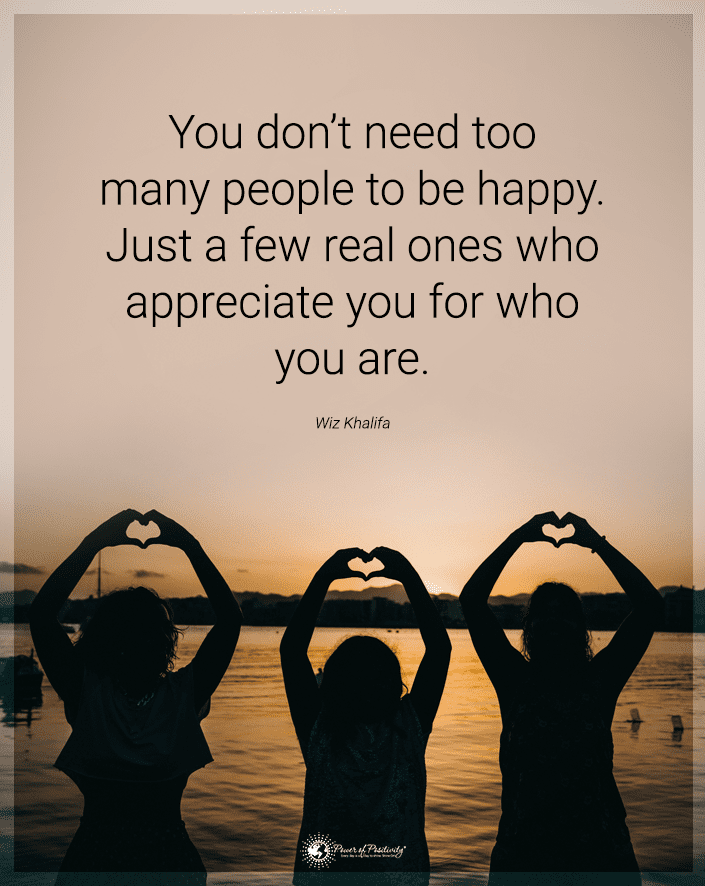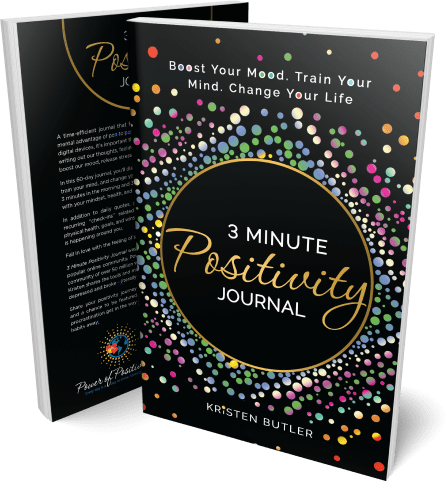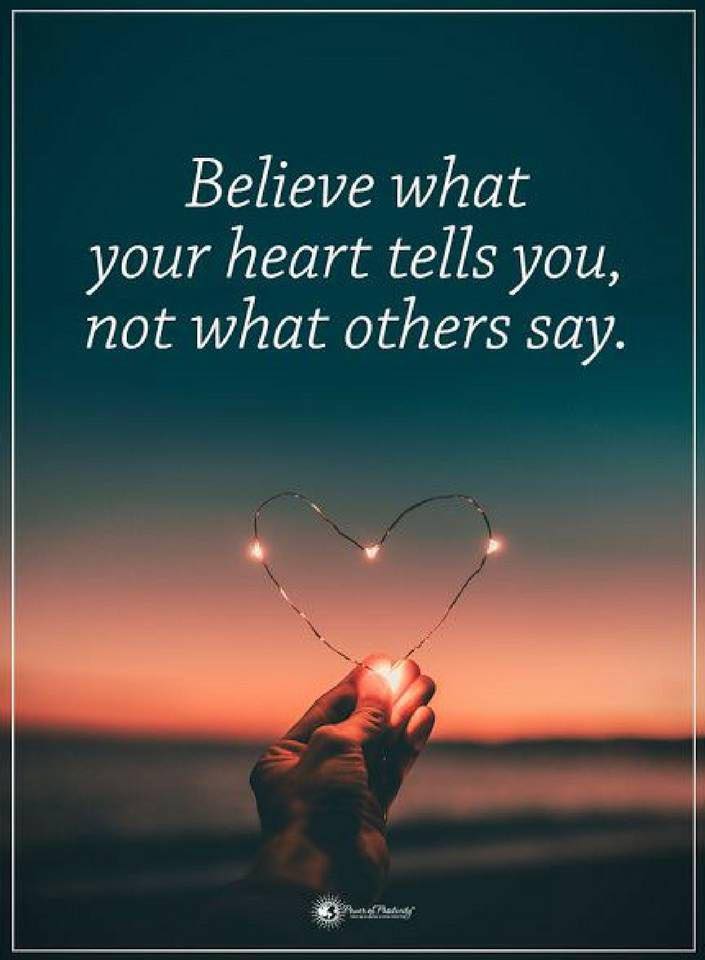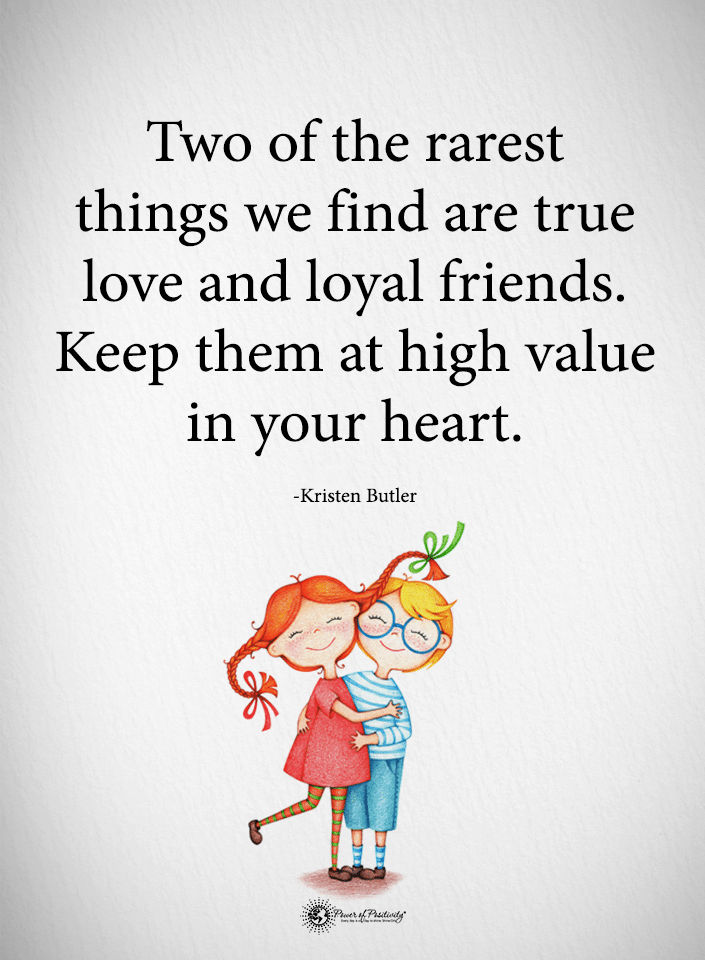Here are the fifteen signs of a partner who cares deeply for you.
Recognizing the healthy behaviors of a loving partner is akin to having a compass in the vast sea of relationships. It’s not mere feelings of butterflies and fireworks.
Instead, it means seeking those deeper, more enduring traits that foster a truly loving and lasting bond. Understanding these behaviors is crucial, as they greatly enhance our emotional and mental well-being and the overall quality of our relationships.
Whether navigating the early stages of a romance or steering through the waters of a long-term partnership, knowing what constitutes a truly loving partner can guide you toward a more fulfilling and healthy relationship.
Fifteen Behaviors That Reveal a Loving, Kind Partner
Watch for these fifteen signs that your partner is still head over heels for you. But remember that a healthy, lasting relationship takes work from both parties.
1- Active Listening
Imagine a scenario where you’re sharing your day’s experiences, and your partner is not just hearing but truly listening—absorbing every word and understanding the emotions behind them. That is active listening. It is a cornerstone of effective communication in any loving relationship. It’s not merely about being silent while the other person speaks. Rather, it means engaging and asking thoughtful questions to clarify. But it also means responding in ways that show comprehension and empathy. When a partner practices active listening, it conveys respect and genuine interest in what you say, leading to a deeper emotional connection.
2 – Consistent Communication
The lifeline of any relationship, consistent communication, is more than just regular conversations. It’s about openness and honesty, where both partners feel safe enough to express their feelings and concerns. That doesn’t mean you have to agree on everything; rather, it’s about creating an environment where you can discuss your opinions without fear of judgment.
Trust and intimacy blossom in a relationship where communication channels are always open. In this scenario, both partners actively participate in this exchange.
3 – A Truly Loving Partner Provides Emotional Support
Life is a rollercoaster of highs and lows, and having a partner who stands by you during those dips adds an invaluable layer of strength to the relationship. Emotional support involves more than being present; it’s about empathy, understanding, and providing a shoulder to lean on during tough times.
That could be through comforting words, a listening ear, or simply being there when you need them the most. When partners support each other emotionally, they create a resilient bond that can weather any storm.
4 – A Loving Partner Shows Respect for Your Individuality
In a truly loving relationship, both partners acknowledge and respect each other’s individuality. It means embracing each other’s unique qualities, interests, and aspirations, even if they differ from one’s own. It’s about giving each other the space to be themselves without fear of losing the other’s affection. When individuality is respected, the relationship becomes a beautiful dance of two distinct personalities, harmoniously intertwining yet maintaining their flair.
5 – A Loving Partner Will Share Responsibilities
A loving partner understands that a relationship is a partnership in every sense. It includes sharing responsibilities, whether they are household chores or financial obligations. But they will also share emotional burdens.
It’s about teamwork, where tasks and responsibilities are divided fairly. Moreover, it means acknowledging that both partners contribute equally to the relationship’s success. When both individuals share responsibilities, it not only eases the load but also fosters a sense of equality and mutual respect.
6 – Expressing Affection
Affection is the language of love spoken through words and actions. Those tender kisses, warm hugs, and heartfelt compliments keep the flame of love burning bright. But it’s not just physical; expressing affection also involves verbal affirmations, like saying “I love you” or acknowledging your partner’s qualities and achievements. A partner who regularly shows affection physically and verbally nurtures a loving and secure atmosphere in the relationship, making you feel valued and cherished.
7 – A Loving Partner Demonstrates Trust
Trust is the foundation upon which secure and enduring relationships are built. It’s about believing in your partner’s integrity, feeling confident in their actions, and knowing they have your best interests at heart. Demonstrating trust goes beyond mere words; it is shown in actions—giving space without suspicion, keeping promises, and maintaining transparency. A relationship where trust is mutual and unshakable creates a haven for both partners, where vulnerability is not a liability but a strength that binds them closer.
8 – Making Time for Each Other
Carving out quality time for each other is a testament to the value you place on your relationship. It’s not about the quantity of time spent together. Instead, it’s treasuring the quality of those moments. Whether it’s a quiet evening walk, a date night, or a simple conversation over coffee, making time for each other is crucial. This dedicated time strengthens the bond, creating shared memories and experiences that become the bedrock of your relationship.
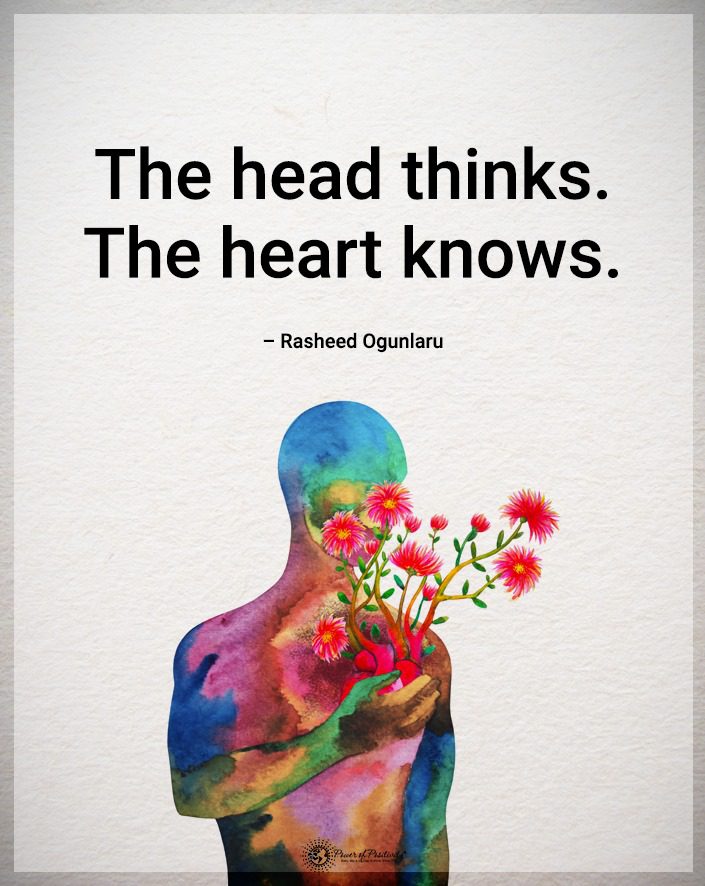
9 – A Loving Partner Encourages Growth
A truly loving partner cherishes you as you are and encourages and supports your personal growth and goals. It means celebrating each other’s successes, offering constructive feedback, and being a source of motivation during challenges. When both partners inspire and empower each other to reach their full potential, the relationship becomes a nurturing ground for personal development, enriching both the individual and the couple.
10 – Showing Appreciation
The efforts of our partners can sometimes go unnoticed. However, consistently acknowledging and appreciating these efforts can significantly impact your relationship. From a simple ‘thank you’ for everyday tasks to recognizing larger sacrifices, showing appreciation makes your partner feel valued and loved. It reinforces the positive parts of your relationship, fostering a culture of gratitude and recognition.
11 – Handling Conflicts Constructively
Conflicts are inevitable in any relationship, but how they’re handled defines the strength of your bond. Constructive conflict resolution involves:
- Active listening.
- Expressing your feelings without blame.
- Being open to finding a middle ground.
It’s about tackling the issue at hand rather than attacking each other. Approaching disagreements with a solution-oriented mindset and a calm demeanor can transform conflicts into opportunities for growth and understanding.
12 – A Loving Partner Is Always Patient
Patience is a virtue, they say. That’s especially true when wading through a relationship. It’s about giving your partner time to grow, understanding their flaws, and handling frustrations calmly and composedly. Patience means not jumping to conclusions or making hasty decisions in heated moments. Instead, it involves giving each other the benefit of the doubt and working together toward a resolution. Patience fosters a peaceful environment where love can flourish without the pressure of perfection.
13 – Displaying Empathy
Empathy is the ability to put yourself in your partner’s shoes, to feel what they feel, and to see things from their side of the argument. It is a powerful tool that deepens emotional connections, showing your partner their feelings are understood and validated. Empathetic responses, whether in times of joy or distress, create a supportive and compassionate atmosphere in the relationship. By showing empathy, you’re not just a partner but a confidant and a pillar of emotional support.
14 – Honoring Commitments
In the tapestry of a relationship, the threads of trust and reliability are intertwined with the act of honoring commitments. Keeping promises, whether small or significant, is a testament to your integrity and respect for your partner. It’s about being reliable and consistent in your actions, which builds a strong sense of security and trust in the relationship. When both partners know they can count on each other, it fosters a deep sense of stability and mutual respect.
15 – A Loving Partner Shows Mutual Support in Achieving Goals
The journey of life is filled with personal aspirations and dreams. In a loving relationship, supporting each other’s goals is not just beneficial; it’s essential. This support can manifest in various forms – from being a sounding board for ideas to encouraging setbacks. When partners actively support each other’s ambitions, they not only grow individually but also strengthen their bond as a team. This mutual support becomes a powerful force, propelling both individuals toward their goals while deepening their connection.
Final Thoughts on Finding a Truly Loving Partner
A truly loving relationship is a mosaic of various behaviors, each important in its own right. From active listening to demonstrating trust, showing appreciation to handling conflicts constructively, and honoring commitments to supporting each other’s dreams, these key behaviors work in harmony to cultivate a loving and healthy relationship. They are not just ideals to aspire to; they are practical, everyday actions that, when practiced consistently, can transform your relationship into a source of strength, joy, and mutual growth.
As you reflect on these points, consider how they manifest in your relationships. Are there areas where you excel or aspects that need more attention? Cultivating a healthy, loving relationship is an ongoing journey, not a destination. It’s about growing together, learning from each other, and building a bond that not only endures but flourishes with time. Embrace these behaviors, and watch as they enrich your relationship and life.

